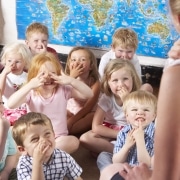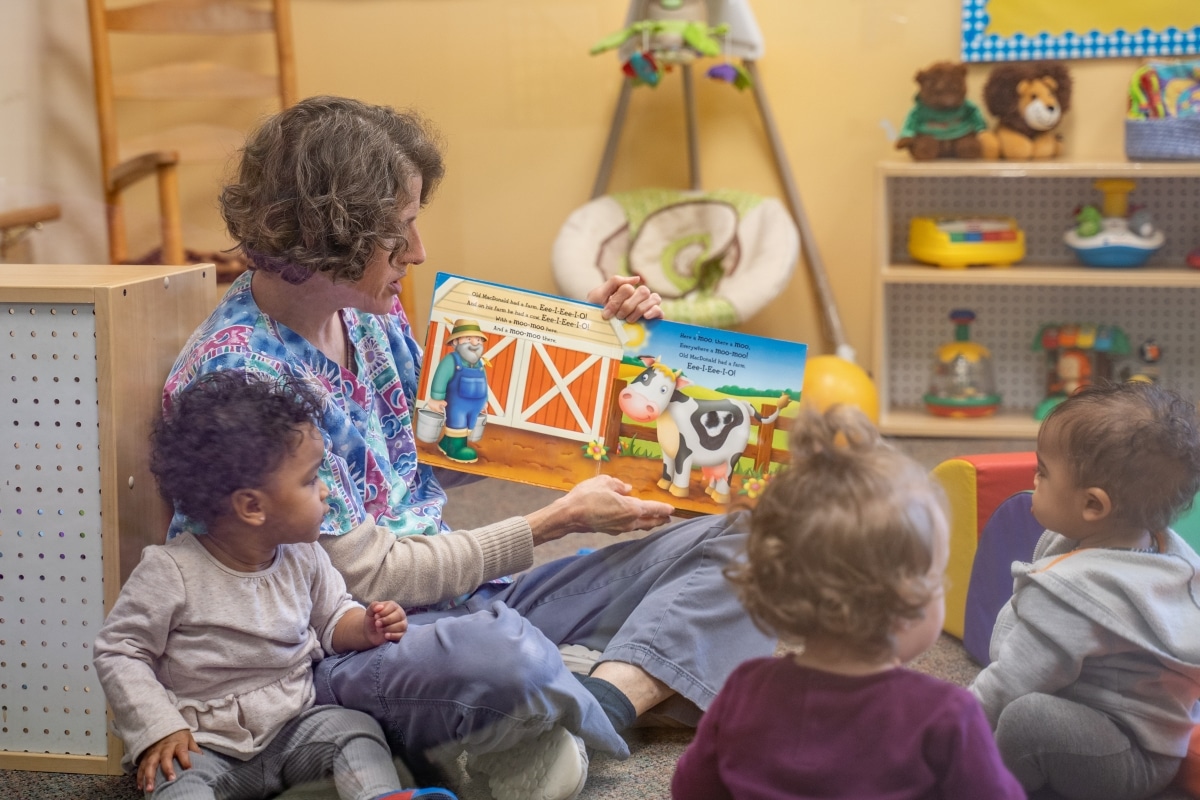By Kristi Larsen
Culture is an integral part of the Montessori curriculum. Although it is only one topic within the Social Studies subject matter, it is important because of the diverse group of children we all have in our classrooms. According to the Merriam-Webster Dictionary, (2018) Social studies is defined as, “a part of a school or college curriculum concerned with the study of social relationships and the functioning of society…” Social studies in a Montessori school, or the Children’s House, is broken down into three categories: geography, history, and culture.
When children are first introduced to geography in a Montessori school, they are shown a picture of an animal, such as a tiger. They are taught that this is a representation of an animal because we could not possibly have a real tiger in our classroom. From this, we teach the children that a globe is a representation of our world because we could not possibly have the whole real world in our classroom.
In a Montessori school, we use different globes in the classroom to teach children land and water, continents and oceans, names of the continents, and the names of the countries in each continent. Since children listen to their parents talking about business trips and vacations, they will have a more concrete understanding of where these places are if they are familiar with globes. After learning to form real-world connections with the globes, children are taught the puzzle maps, and when that is mastered, they can make their own maps.
In a Montessori school, children are introduced to history at a young age. This includes the calendar, the seasons, and the clock. Young children are in the sensitive period for learning language and they soak up all the vocabulary that is needed to function in this world as they grow.
Children also learn about the history of the state and the country that they live in. They will be introduced to some of the important people that have impacted how our world is today. It is amazing how quickly children can learn about history! This prepares them for high school and college because the subject matter will be less intimidating as they will be confident with their solid knowledge base.
Montessori guides have a general understanding of culture, so we can talk to the students without saying or teaching anything that is offensive to them. When we share the varying cultures of the children in our classroom, this teaches them that there are differences between cultures and that these differences should be appreciated and respected. This will broaden the views of the children while they are growing up.
Ramachandran (1994) reminds us “every item of culture that enters the syllabus must stimulate the child’s intellect. Each such item represents one more thing which keeps alive this inner interest and the inner life of the child,” (p. 202-203). When Montessori guides make lesson plans, they are aware of how the follow-up activities can stimulate the interest of the child, so they want to repeat the work and learn something new.
At Step By Step Montessori Schools, we have a wonderful Social Studies work in one of our classrooms that was purchased from Trillium Montessori. It is a study of the continents and we focus on one continent per month. The children love to learn about different living and non-living plants and animals, biomes, parts of an animal, alphabetical book of places and objects specific to the continent, and also three part cards. They also like to compare what they learn from month to month and see if any of the animals or plants are the same from continent to continent.
If we begin teaching Social Studies to the children at an early age, they will be better prepared when they go out into the world. Montessori guides need to show the children that there is a harmony between every person and everything in the world. It is up to us to “leave the universe in their hands,” (Sacerdote, 2008).
References:
Merriam-Webster Online. (n.d.) Merriam-Webster dictionary. Retrieved July 5, 2018, from http://www.merriam-webster.com/dictionary
Ramachandran, R. (1994). Creative development in the child volume two. India: Kalakshetra Press.
Sacerdote, C. (2008). Social studies curriculum for early childhood. St. Paul, MN: St. Catherine University.











